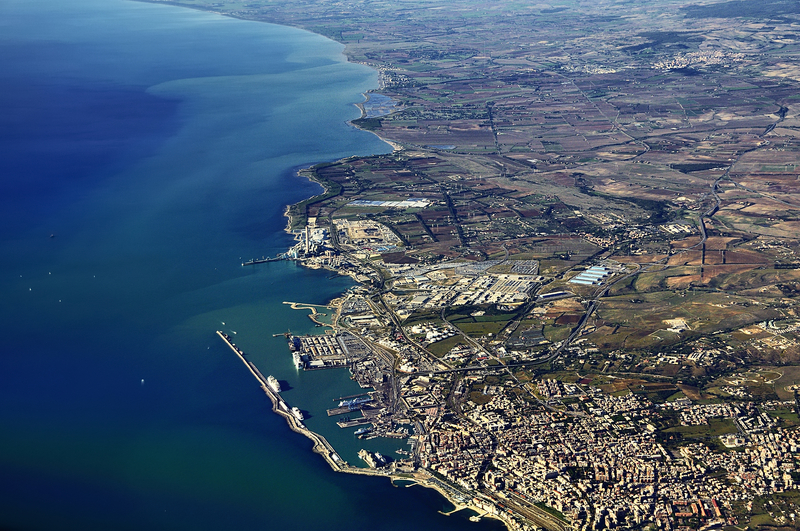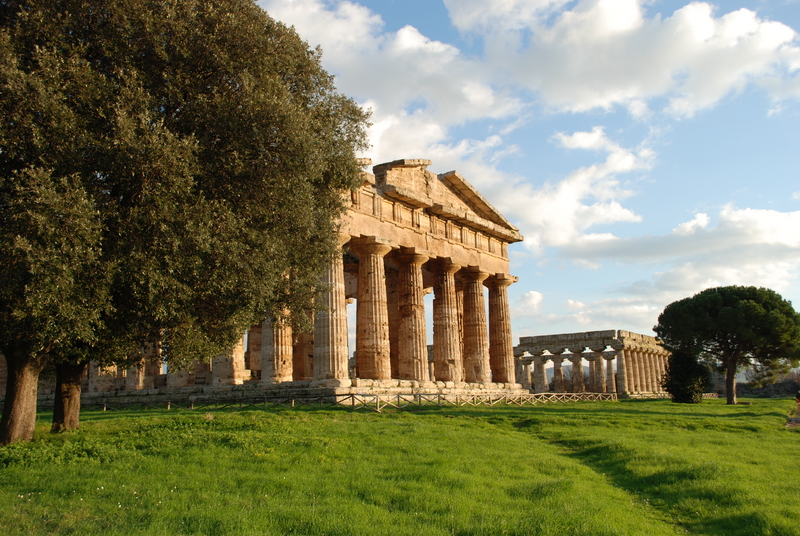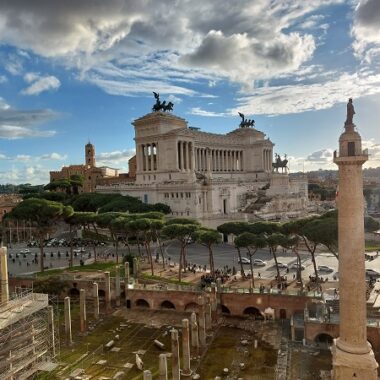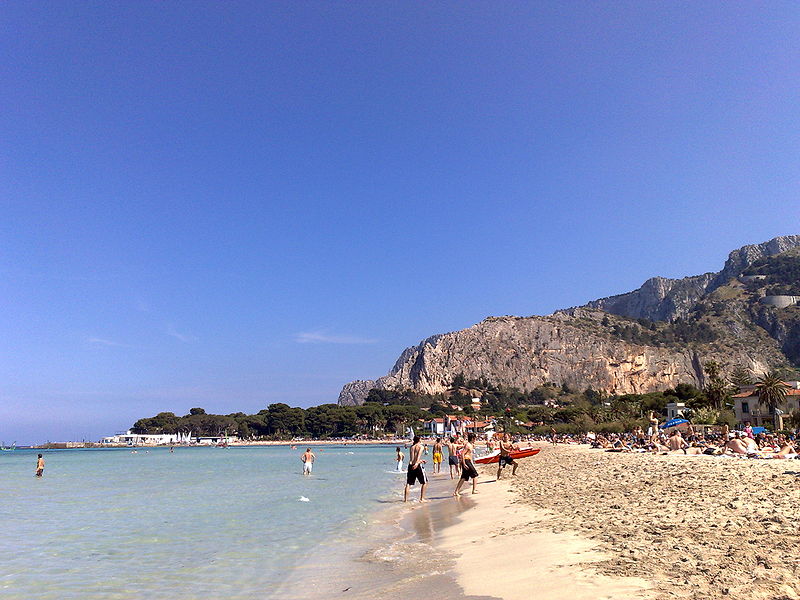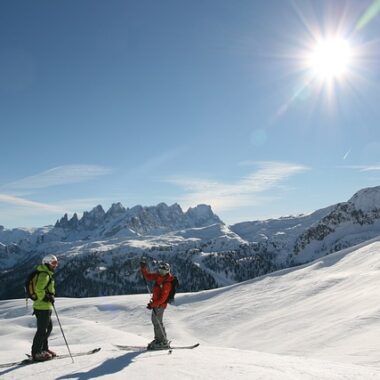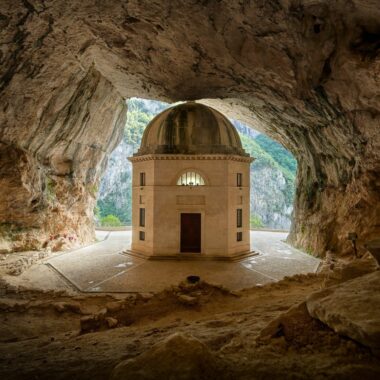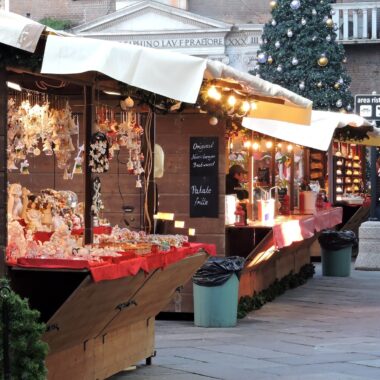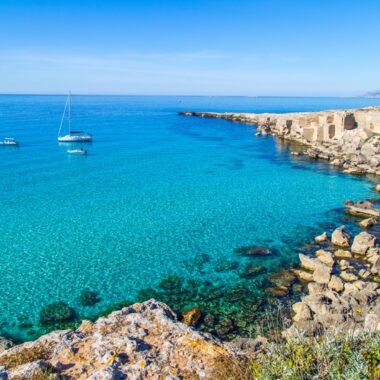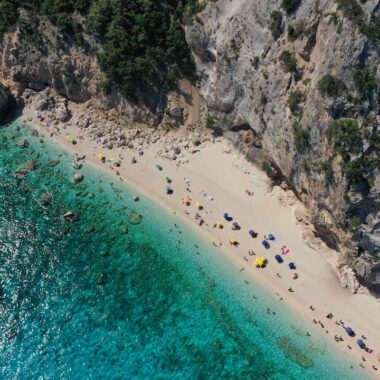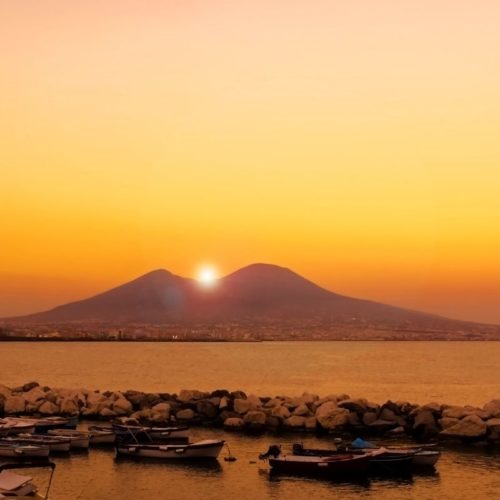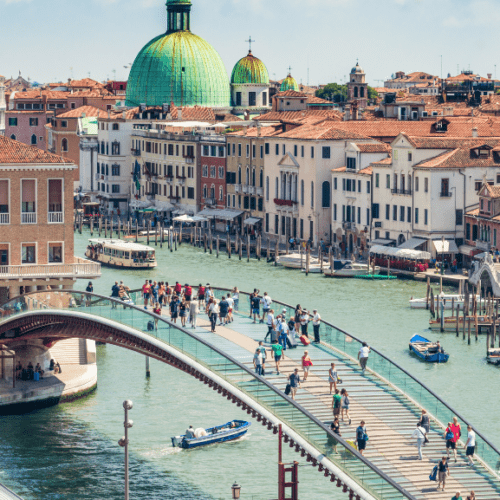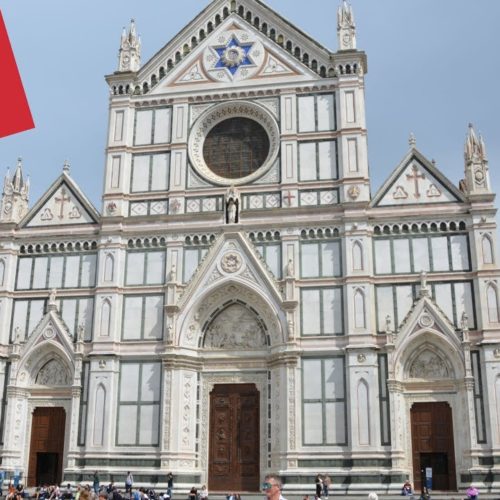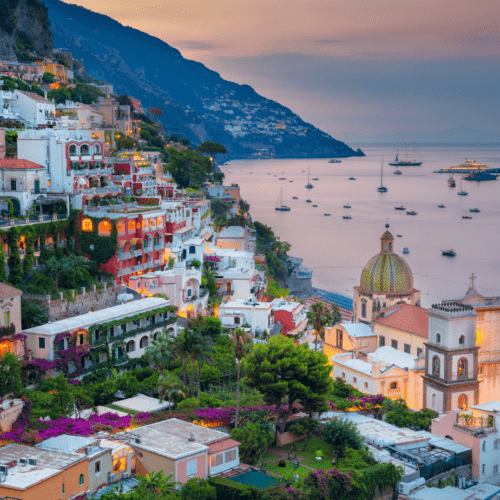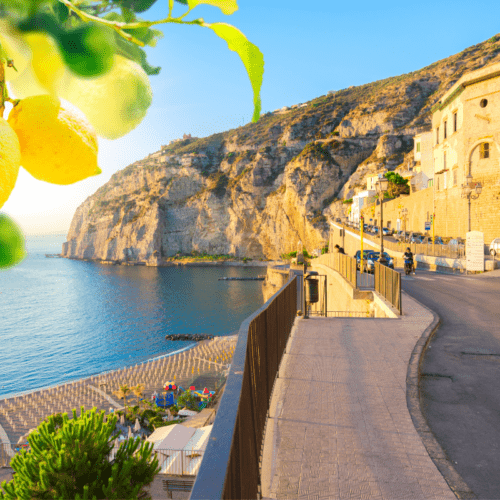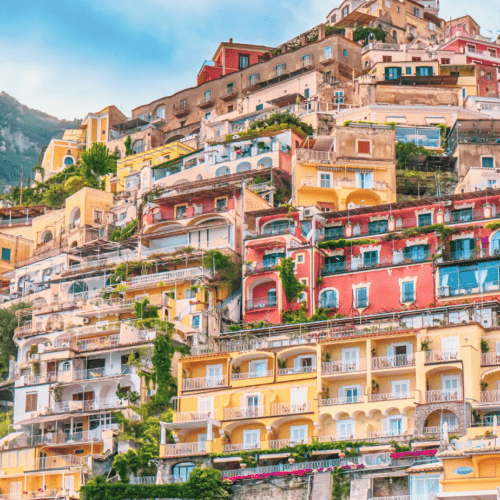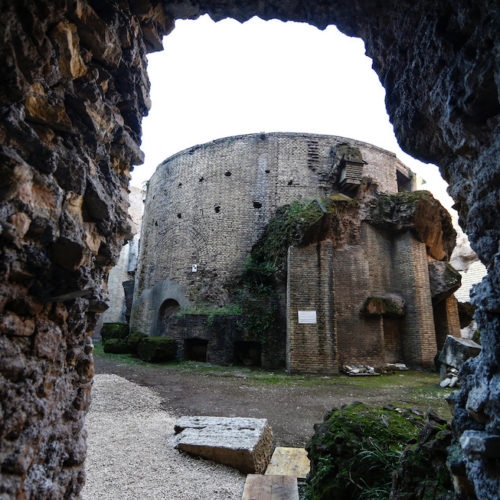Stepping into the ancient towns of Pompeii, Herculaneum and Torre Annunziata (often referred to as Forgotten Cities) is like stepping back in time. Indeed, time seems to have frozen at these sites, which offer a rare glimpse into the life in the Roman Empire. Let’s discover together the archeological sites of Pompeii, Herculaneum, and Torre Annunziata!
Eerily preserved by the eruption of Mount Vesuvius in 79 AD the excavated towns offer a wealth of information about the civilization that built and populated them. Modern-day visitors to Napoli would be remiss not to visit at least one of these UNESCO World Heritage sites if only to understand how living in the shadow of the great Vesuvius shapes the lives of the Neopolitan people even today. If you’re visiting the area, make sure to plan a day trip from Naples to Herculaneum, Pompeii, and Torre Annunziata.
Pompeii, Herculaneum, and Torre Annunziata
Archeological sites of Pompeii
Is Pompeii worth visiting? The city of Pompeii is located in the region of Campania, Italy, close to the bustling city of Naples. The town was destroyed by the volcanic eruption, which collapsed buildings and buried the town under a mountain of ash. The city lay, buried and forgotten, for almost 1,700 years until it was accidentally discovered in 1748, ten years after Herculaneum was uncovered.
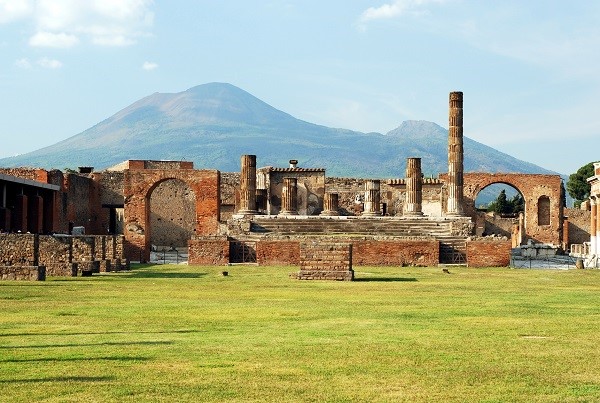
Today Pompeii is one of the most visited and celebrated archeological sites in Italy. The years of excavations have unearthed a mountain of information that has allowed for better insight into the lives of the ancients. Along with buildings and pottery, the remains of human beings were also found during the digs. Injected with plaster, the bodies are near perfect forms and some even still wear the terrorized expressions of the fateful day when Vesuvius erupted. Although chilling, the bodies bring to the fore that the tragedy at Pompeii was one suffered through by human beings, the same who brought to life the cities currently being unearthed.
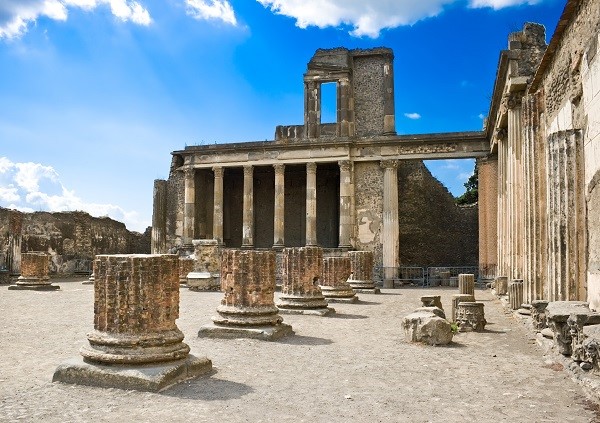
Various paintings, objects, and frescoes were also discovered, several of quite an erotic nature. It is thought that the Roman culture was more liberal than modern Western society, although many images – such as phalluses – were actually related to fertility rather than sexuality. Some of the racier findings, such as a large fresco depicting the god of fertility with a large penis, have been covered up since being found.
Excavations in Pompeii have unheartened a number of public buildings and places which taught us a lot about the habits and lives of Ancient Romans: hotels, shops, bakeries, restaurants, brothels have been all preserved in Pompeii, in some cases along with part of their content. Vestiges of the town’s forum, the most relevant public place in a Roman city, have been discovered, too.
Moregine frescoes on the archeological sites of Pompeii
In recent months (2015) Pompeii has been in the spotlight for the inauguration of the amazing permanent exhibition of the Moregine frescoes, which closed after less than a week from its grand opening. The paintings are visible again, but the event has marked one of the lowest moments in the recent history of the site, a history which, let’s face it, hasn’t been gleaming and glorious in the past bunch of years.
Neglect and degrade have invested area, apparently for an endemic lack of efficient and competent staff able to take proper care of the treasures they are entrusted. The workers hired strike often, to the point that, in the past years (2014-2015), the site has remained closed because of their actions.
Let’s not abandon Pompeii, though: let’s visit, let’s pass on their name and talk about their beauty and their history. Modern society’s neglect cannot be responsible for what neither the wrath of nature nor 2000 years of abandonment managed to do.
Archeological sites and ruins in Herculaneum
Smaller and wealthier than Pompeii, Herculaneum was also buried under layers of ash following Vesuvius’ eruption. Herculaneum is most famous for being the first source of Roman skeletal remains for study: few had been available previously as Romans generally burned their dead.
During excavations archaeologists also uncovered various buildings and ancient houses. These buildings are grouped in various blocks at the site and have been numbered, Insula II to Insula VII. The first home in Insula II, the House of Aristides, opens directly onto an atrium. Unfortunately, the house is in poor condition as it was damaged during past excavations.
The House of Argus, also in Insula II, was named because of a beautiful fresco of Argus and Io found in its main reception room, but which has since been lost. This particular house is believed to have been the villa of an important person in the ancient town. It is among the very few houses in Herculaneum where a second-floor exists in good condition.
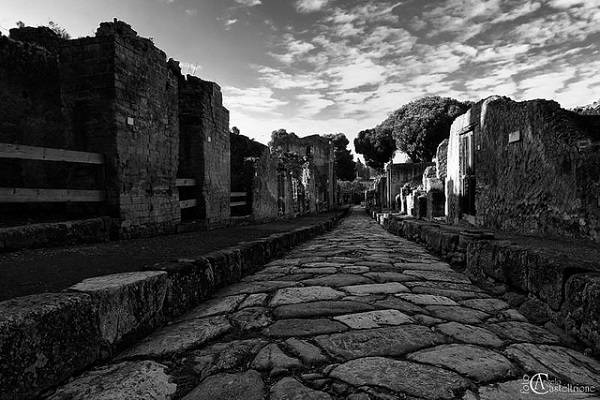
The House of Genius and the House of Alcove is also quite important structures. The House of Genius has not been fully excavated but is quite spacious, and the House of Alcove is two different buildings that were joined together. The original flooring of the house is still well preserved and its beautiful frescoes can still be seen.
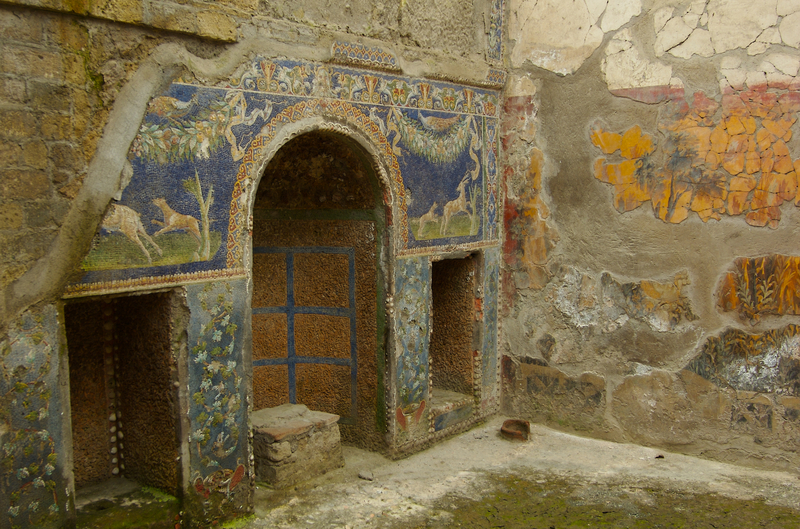
One of the most important buildings in Herculaneum is the Villa of the Papyri, one of the most luxurious villas found at the site. The sea-facing villa boasts four different terraces and has been identified as having belonged to Julius Caesar’s father-in-law. The only library to survive from that era was found inside. Various scrolls from the villa have now been moved to the National Library in Naples.
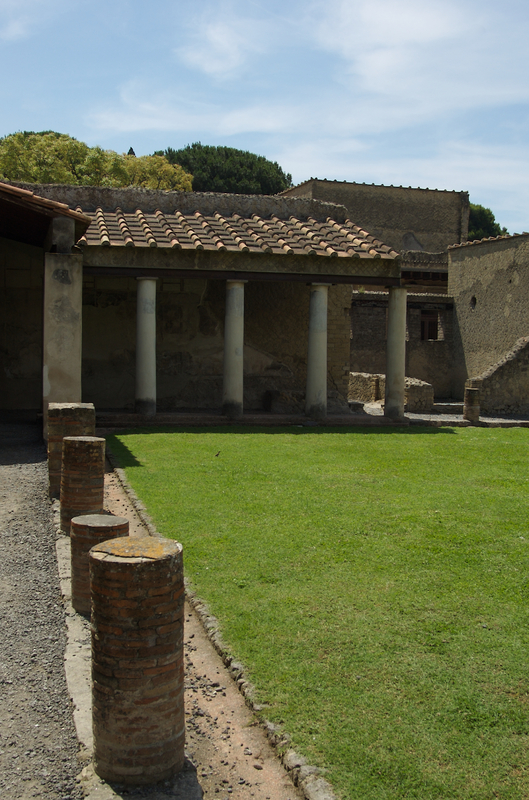
Archeological sites and ruins in Torre Annunziata
Oplontis is the main archeological site in Torre Annunziata, which like Pompeii and Herculaneum was destroyed by volcanic ash and is located near the modern-day city of Naples. Excavations have revealed houses and villas of the ancient city, including the famous Villa Poppeae, which belonged to Emperor Nero’s wife.
Open to the public, the Villa was discovered in the 20th century along with the Villa of Crassius Tertius. It is believed that the name of the ancient town was derived from the baths in Oncino. Today a large group of villas can be seen located right in the middle of the town of Torre Annunziata. Several of the priceless artifacts undercovered at the sight have been moved to the Archaeological Museum in Naples for preservation.
How to get to Pompeii, Herculaneum and Torre Annunziata?
This area is not far from Naples. You can get there by car from Naples, Sorrento or Salerno, or by bus or Circumvesuviana (a local train) from Naples.
Check out another amazing archaeological site near Pompeii, Stabiae, also destroyed by the Vesuvius in 79AD.
Booking.com

